Why Winter Is The Perfect Time To Visit South Africa’s Western Cape
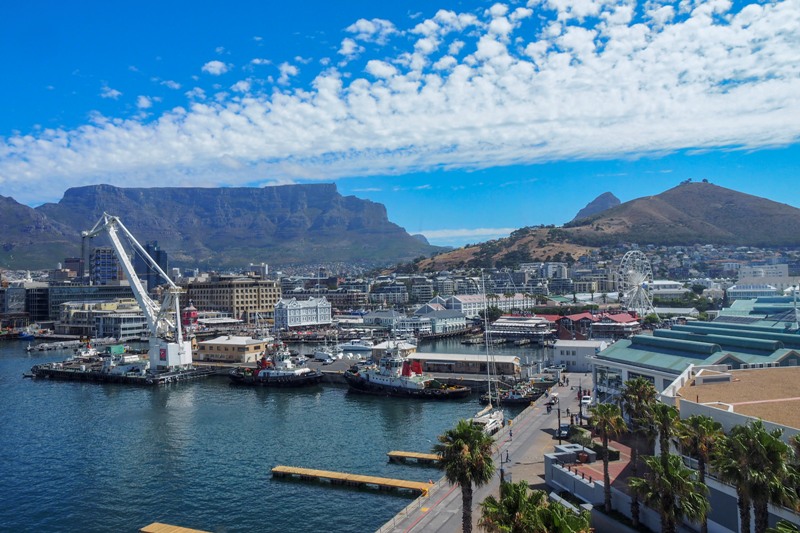
If South Africa is on your bucket list, here are the reasons you should visit during the local winter months.
A trip to South Africa for most will include Cape Town and the surrounding areas along with perhaps a trip along Garden Route, Kruger National Park and maybe Johannesburg.
Therefore, South Africa’s Western Cape is usually the central destination, and it is undeniably one of the most amazing destinations in the world. From Table Mountain National Park, the Garden Route, beautiful beaches, amazing wildlife, the Winelands, and wonderful local food, there are so many reasons to explore this part of the world.
But what is the best time to visit?
Or put differently, with South Africa being part of the southern hemisphere the local winter falls between late May to late August. For those living in the northern hemisphere, this means during peak summer holiday season. And if you have kids, during the main school holidays of the year.

So, is a trip to South Africa during June through to August actually worth considering?
Generally speaking, and considering it is a destination most will not chose explicitly for a beach holiday, South Africa is a year-round destination.
That said, weather conditions vary between the various regions, and the Western Cape is among the regions where winter is also the rainy season.
Still, if you ask me, winter is a particularly rewarding time visiting South Africa, including the Western Cape.
Find out what makes South Africa’s Western Cape a great destination for a visit during the local winter months.
The weather is still pleasant in winter
South Africa’s Western Cape has a Mediterranean climate with hot summers and mild winters. Temperatures during the winter months are usually pleasant and on sunny days can even climb to somewhere around 20°C.
That said, nights and evenings can be much more chilling, and winter is also the Western Cape’s rainy season. Therefore, you should be prepared for different weather conditions.
Meanwhile, some areas further away from the coast, like the Klein Karoo with a local arid to semi-arid climate usually experience much colder temperatures, and indeed frost and sometimes snow.
There are far lesser crowds
Winter in South Africa is low season, and therefore you will encounter significantly lower crowds.
This makes exploring the most popular places like Cape Town and Table Mountain National Park but also the Cape Winelands much more pleasant in winter.
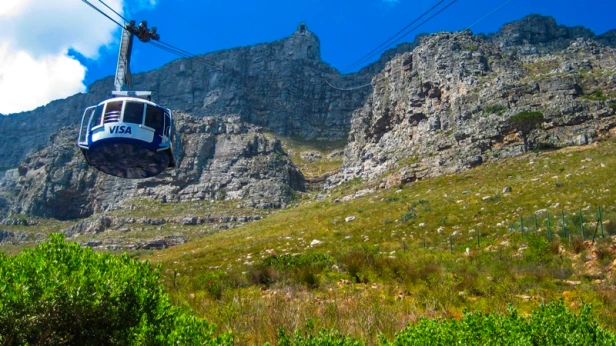
Taking the cable car to the top of Table Mountain is a breeze in the off season, while during summer you might have to queue for an hour or more (and then deal with all the people at the top too).

Likewise, the famous penguin colony at Boulders Beach, best seen at Boulders Visitor Centre at Foxy Beach, will be crowded in summer and still see high visitor number during the shoulder season. Which means, parking is almost impossible anywhere nearby and the trails and lookout points will be jammed. Not so in winter, when visitor numbers will be much more contained.
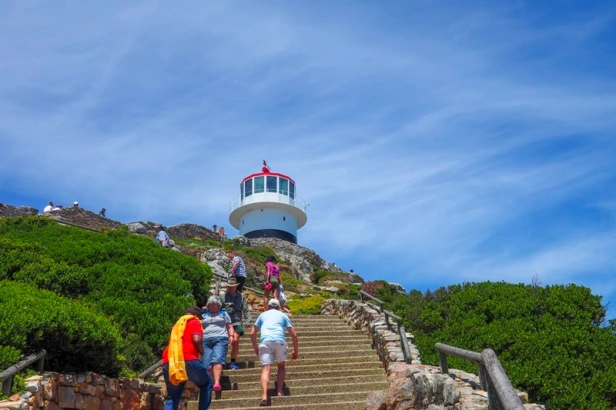
The same is true at Cape Point Nature Reserve, the UNESCO World Heritage Site at the southern-most tip of Cape Peninsula. The area includes the famous lighthouse at Cape Point and Cape of Good Hope. There is no question this is a must-see destination for every visitor coming to Cape Town. During the summer, and particularly around Christmas which marks South Africa’s peak school holiday season, this means Cape Point is by far one of the busiest areas across the Western Cape. Shoulder season will be already less crowded but if you are looking for a more intimate experience, the winter months are your best bet.
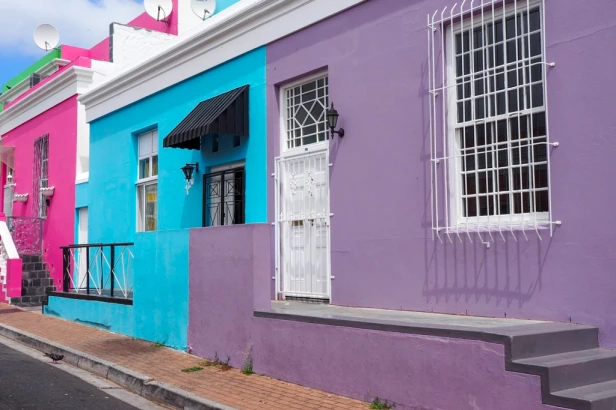
Popular places like Cape Town’s V&A Waterfront, the Bo-Kaap area, or the Cape Winlands will also much less crowded during the winter months.
You will pay less for nearly everything
From cheaper flights to lower hotel rates, visiting during the low season means you need to spend significantly less compared to high or even shoulder season.
This might or might not include safari packages, with some places offering accommodation at lower prices, particularly the large private reserves within the Western and Eastern Cape. Meanwhile, prices at Kruger Park might not be much different given it is a popular destination year-round.
Your chance of great wildlife encounters is higher in winter
A trip to South Africa is not complete without a proper African safari, encountering the Big 5 along with all the other amazing wild creatures calling this part of the world home.
And the best time to go on a South African safari is during the local winter. Cooler temperatures are significantly increasing your chances to see animals roaming around even during the day, while during the hot summer months they will usually retreat into the bushes to find shadow.
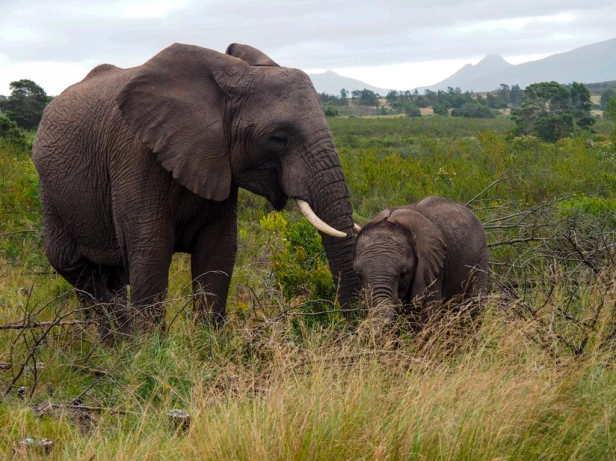
If you are heading north to Kruger Park, then winter means your visit falls into dry season. And this is the time you will see many animals gathering around waterholes and rivers. Vegetation will also be less lush then during the wetter summer, thus further increasing your chances to spot wildlife.
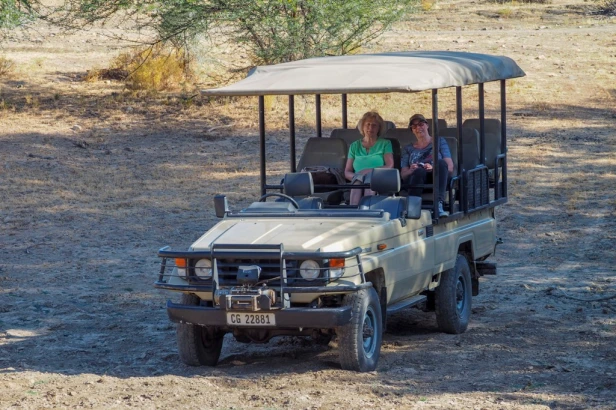
While Kruger Park remains the most famous destination for a South African safari, opportunities to experience the Big 5 at close range abound in the Western Cape too. Just around three hours drivetime from Cape Town, places like Sanbona Wildlife Reserve, Gondwana Gama Reserve, or De Hoop Nature Reserve are among the Western Cape’s best destinations if you are looking for an amazing Big 5 experience. Still further to the East, and indeed already belonging to the Eastern Cape, Addo Elefant Park is the perfect alternative to Kruger Park.
And once again your chances of amazing wildlife encounters are significantly higher in winter thanks to cooler temperatures.
However, make sure to bring warm clothes for game drives in an open vehicle; and when going on safari in the Western Cape also a raincoat.
Winter is the best time for whale watching
Wildlife encounters don’t stop with the Big 5. The Western Cape with around 900 kilometres of coastline is one of the most amazing destinations for maritime wildlife experiences.
South Africa’s whale watching season runs from June to early December when large numbers of Southern Right Whales migrate here from Antarctica to mate and calve in the warmer waters.
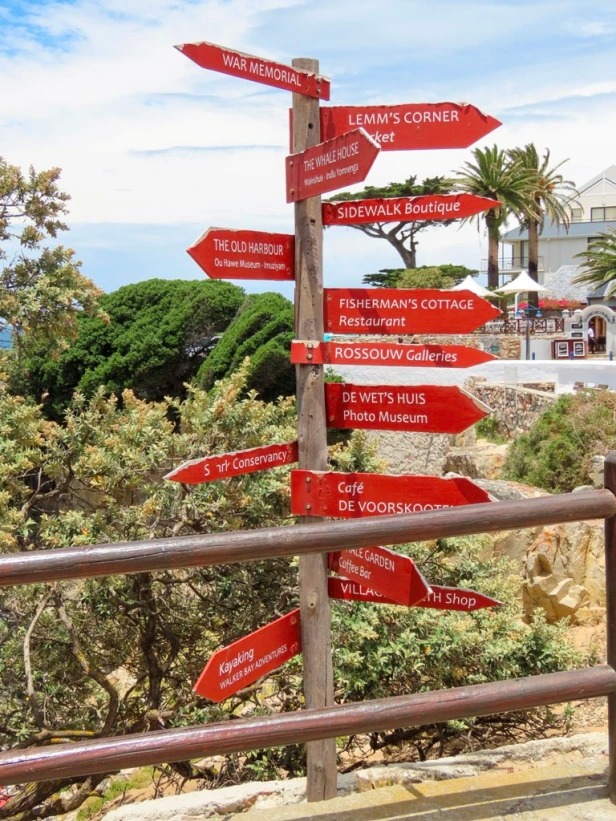
The former fishing village of Hermanus, around 130 kilometres from Cape Town, is one of the most amazing places for whale watching, along with great accommodation such as The Marine or Birkenhead House. In addition, Plettenberg Bay, Knysna, or De Hoop Nature Reserve are other popular destinations to see whales from the coast.
Wildflowers are in bloom during the later part of winter
While normally winter is the time of the year when nature is dormant, this is not the case for the Western Cape. Here, thanks to the rain in the earlier winter months, thousands and thousands of wildflowers will be in bloom from around August to early September. From the colourful Cape margaritas, the amazing protea, beautiful amaryllis, cape snow bush and much more, this is an amazing sight you will only be able to admire in late winter.
The winelands will not let you down
South Africa’s Cape Winelands are an amazing place for wine lovers and everybody else, and they offer significantly more than wine tasting.
While the major wine destinations close to Cape Town, including Stellenbosch, Franschhoek, Paarl, and Constantia look the most amazing when the vineyards are a lush green, you won’t regret visiting during winter.

Wine tasting will move inside, and most tasting rooms and restaurants in the area have fireplaces so you will be cozy.
All wineries and restaurants will stay open during the winter, and in addition to wine tasting they will often offer special winter-events. Annual events such as ‘Taste the Helderberg’ in Stellenbosch or the ‘Robertson Slow Food and Wine Festival’ in the Roberston Valley, or even Bastille Day celebrated in the Franschhoek area in July, are fantastic opportunities to dive into the amazing local wine and food scene.
In addition, visitor numbers will be much lower which will allow much more interaction with winery staff.
Road tripping along the Garden Route can get a bit tricky
Here is the perhaps only glitch visiting the Western Cape in winter. If you are planning to include a trip along the Garden Route, the chance of rain in this part of the Western Cape is fairly high during the winter months. And while day temperatures are usually still mild, with up to 20 days per month of rainfall in winter on average and shorter days will likely not allow you to fully enjoy the main attractions of the area.
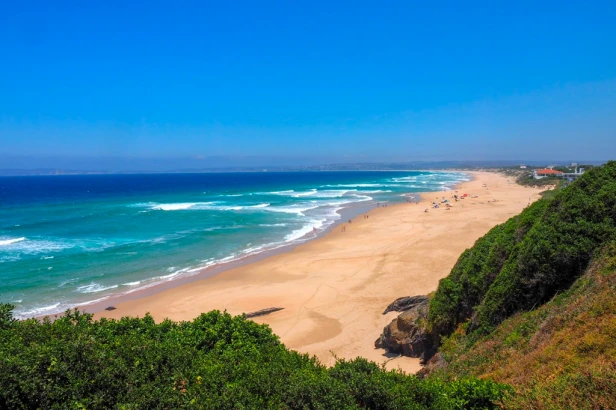
Places like Plettenberg Bay and Knysna are destinations that are beautiful when the weather is nice but can disappoint during rainy days.
Final thoughts
So, should you plan a trip to South Africa’s Western Cape in winter?
If you ask me, then I can only say, you will not regret visiting the Western Cape in the off season. While a day on the beach might not be in the cards (though if you are lucky, it might), the benefits far outweigh the not so pleasant parts like higher chance of rain.